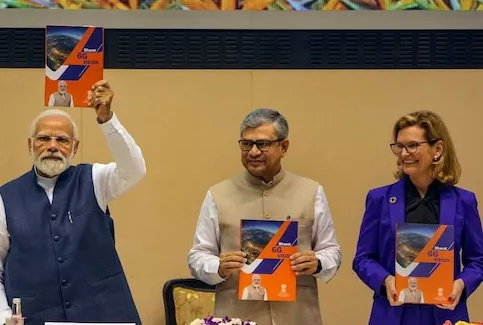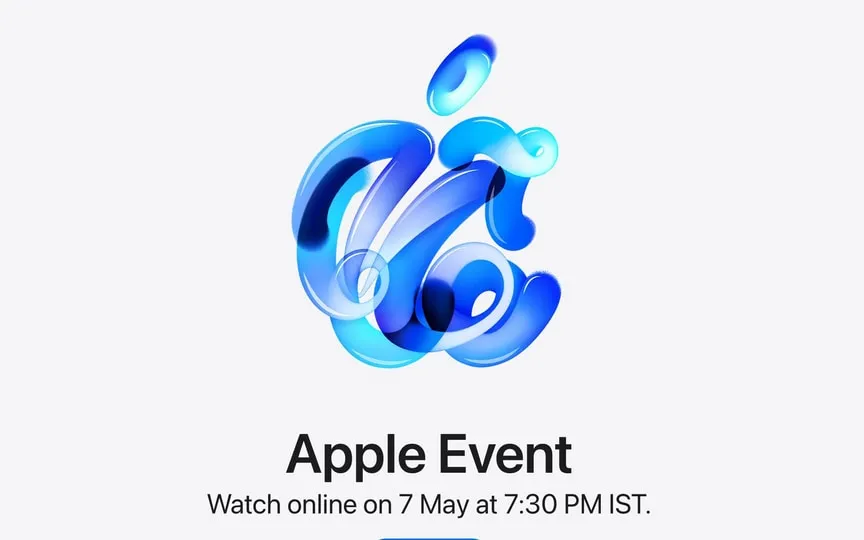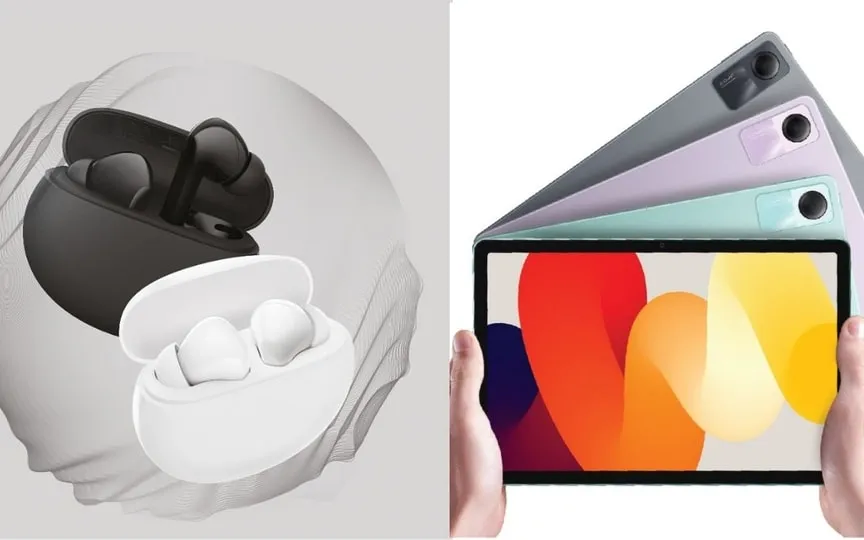Next Generation Networks, Speed 100 Times Faster than 5G, Standardization: What is Bharat 6G Vision?
Just five months after 5G was launched in India, Prime Minister Narendra Modi announced the next step for the industry with 6G at the new International Telecommunication Union (ITU) in New Delhi. He launched the 6G R&D testbed on March 22, unveiling the ‘Bharat 6G Vision’ document.
The ITU is the United Nations agency specializing in information and communication technology (ICT), headquartered in Geneva. India signed a host country agreement with ITU in March 2022 to establish a regional office.
In addition to India, the new office serves Bangladesh, Nepal, Bhutan, Sri Lanka, Maldives, Afghanistan and Iran. Its goal is to improve regional coordination and ensure mutually beneficial economic cooperation.
PM Modi also announced that the World Telecommunication Standardization meeting will be held in the capital in October 2024.
6G offers affordable solutions
According to details shared by the Ministry of Telecommunications, the pillars of India’s 6G vision include a next-generation multi-purpose network, standardization, an ecosystem of devices and systems, R&D funding, innovation solutions and spectrum identification.
The document also said that 6G will extend 5G technology by providing more reliable, ultra-low-latency and lower-cost solutions with speeds nearly 100 times faster than 5G to enhance and drive new communications applications.
The center believes that these technological advances will not only have an impact on the user experience, but will also change economies and lives around the world.
India’s 6G mission can be divided into two: Phase 1 from 2023-25 and Phase 2 from 2025-2030.
According to the document, phase 1 supports exploratory ideas, risky paths and proof-of-concept tests. As part of Phase 2, ideas and concepts that show promise and potential for acceptance in the global peer community will be adequately supported. completion, exploring their use cases and benefits, and creating workable IP addresses and testbeds leading to commercialization.
It says, “Bharat 6G Mission is fully aligned with the national vision of Atmanirbhar Bharat and aims to empower every Indian to become self-reliant in life. It will also ensure that India takes its rightful place in the world as a leading provider of advanced telecommunication technologies and solutions that are affordable and contribute to the global good.
The Bharat 6G Vision document says that while 5G appears to be “futuristic at the moment”, 6G offers ultra-low latency with speeds of up to 1 Tbps.
It also states that machine-to-machine and human-to-human interactions will intensify to unprecedented levels, transforming the development and use of VR/AR, mobile edge computing, artificial intelligence (AI) and other technologies. 6G use cases also include remotely controlled factories, self-driving cars and smart wearables that take input directly from human senses.
This document further states that India’s 6G mission aims to provide all these high-speed and ultra-low latency solutions to urban and rural areas at an affordable cost.
What does the industry think?
Talking about this latest announcement, Telecom Sector Skill Council CEO Arvind Bali told Return Byte that the idea of seamlessly integrating the digital and physical worlds through 6G technology holds huge potential for the future.
Bali believes that 6G has the potential to deliver extreme speeds with predictably low latency and low jitter for very demanding scenarios and around 10 billion active 6G devices by 2030.
“The 6G Test Bed launched by the Prime Minister is a significant step towards realizing the Bharat 6G Vision and putting India at the forefront of innovation in the sector. By providing a platform for academic research, industry and startups, the 6G Test Bed can pave the way for the development of a skilled and innovative workforce. It will be interesting to see how this initiative progresses and contributes to the development of the 6G ecosystem,” he noted.
Meanwhile, Abhishek Tomar, Co-Founder and Chief Technology Officer, AjnaLens, said that with the 6G testbed coming to India, several issues like AR/VR device form factor, device cost and processing time can be changed manifold as 6G enables processing to the data center.
“Currently, it takes about 1 millisecond to process data from 1 GB to 1 TB, which can be further reduced to 0.1 milliseconds with 6G streaming. This technology has the potential to make a huge difference in the AR/VR industry,” he added.
Read all the Latest Tech News here.




